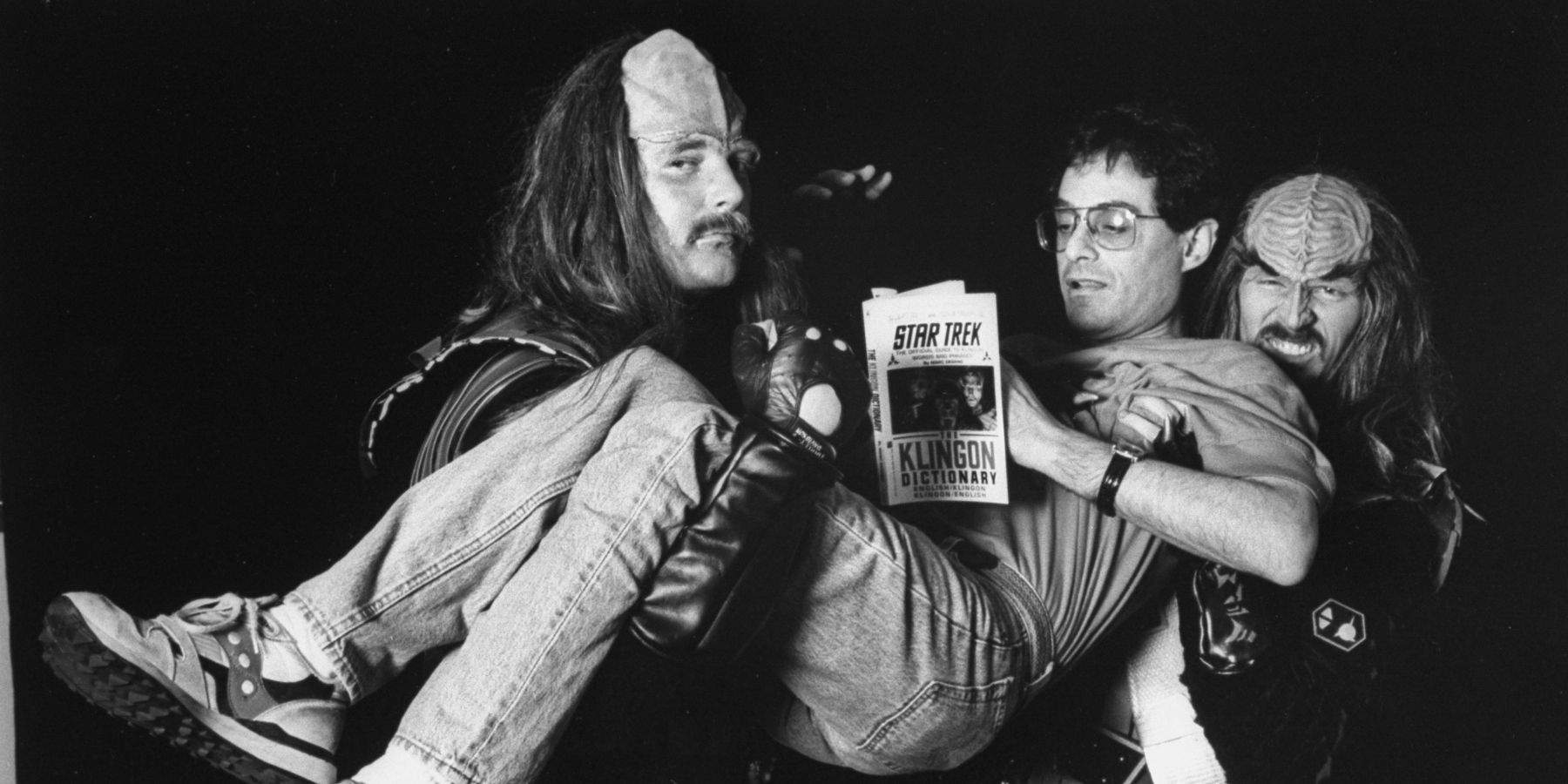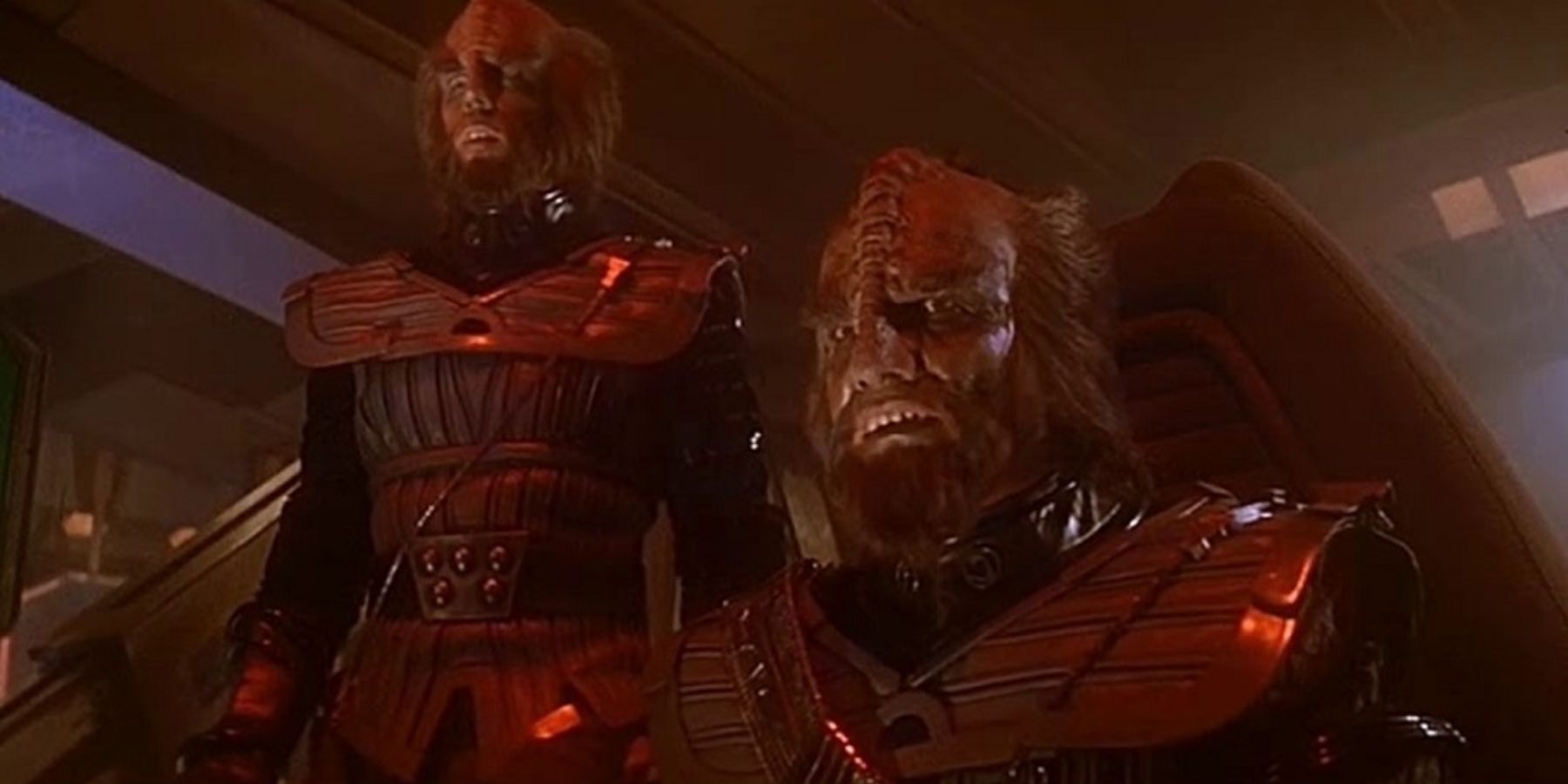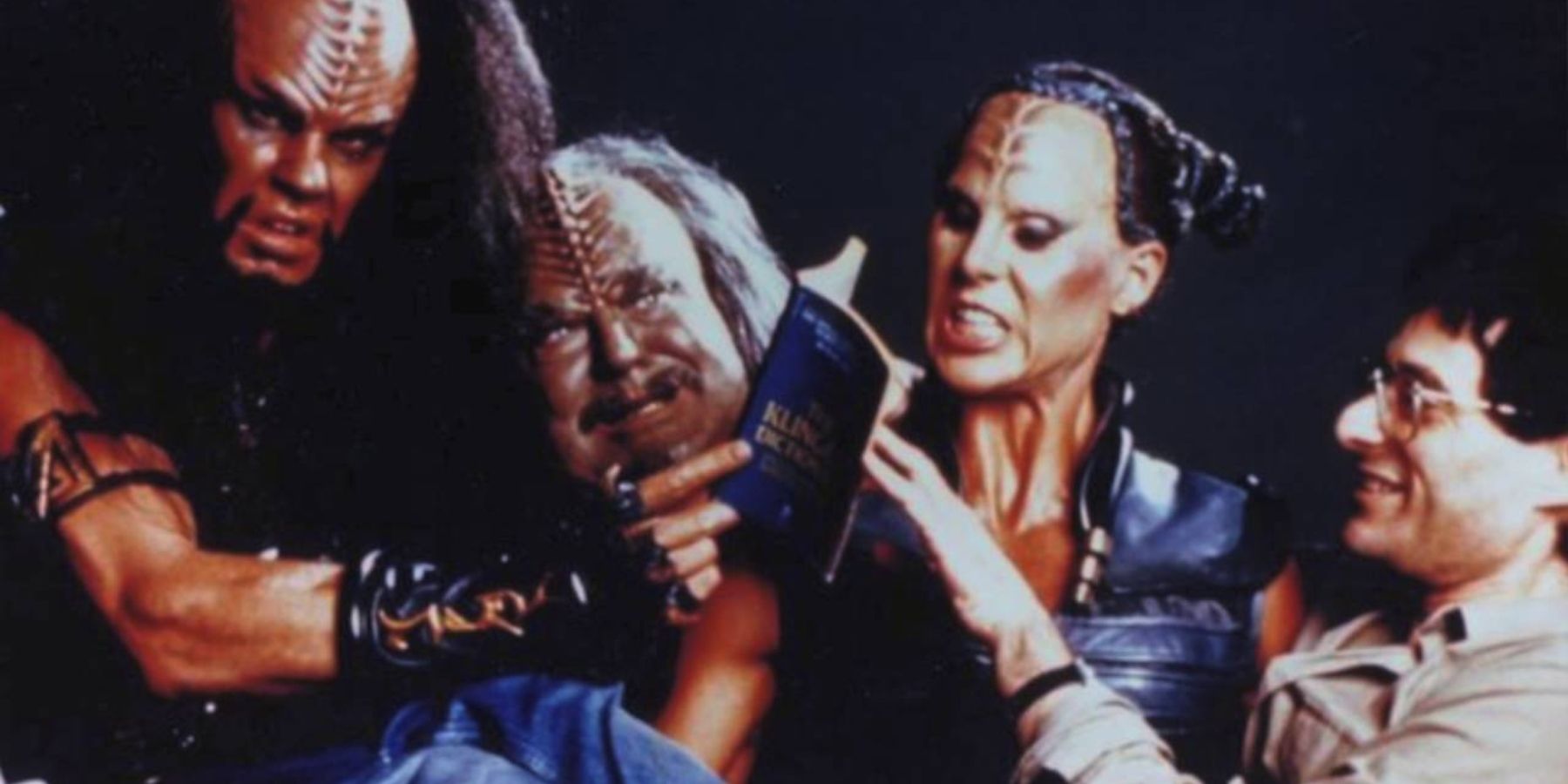Since its creation, Star Trek has grown immensely, with each addition to the largely successful franchise adding more depth to the universe. Gene Roddenberry, the franchise's creator, wanted to craft something special, a utopian vision of the future which stories would act as sci-fi allegory for current issues. To create such a believable world, Roddenberry and his team of writers added a ridiculous amount of depth to their universe. They invented a dizzying array of alien races and cultures, and perhaps most impressively, developed and fleshed out an entire Klingon language.
The Klingons have been a steady part of Star Trek right from the beginning, starting out as the main antagonists in The Original Series and progressing to tentative friends in series to follow. Roddenberry took a leaf out of Tolkien's book, and created the Klingon language to flesh out the culture. In doing so, he was able to add a depth of realism to his fictional race that’s not often seen even today (with a few exceptions). Instead of a bare-bones array of random sounds, the language has its own vocabulary and grammar, even its own regional dialects. The language was not always present in its fullest form, and developed slowly alongside the show. The first Klingons during the main TV series simply spoke in English, with the audience first hearing their guttural tones during the Star Trek: The Motion Picture film in 1979.
Even at this point, the language was not fully formed. Instead of a fully-formed fictional vocabulary, the actors who played the Klingons were simply making earthy and angry sounding noises and grunts. It was paired alongside subtitles, but the noises themselves were still random at this point. It was only after two more films came out that the show's creators hired Dr. Marc Okrand, a linguist, to help create a structured and well-thought-out language — called a "conlang" (constructed language) in the field of linguistics. The goal was to build something that sounded like it has existed for eons and developed naturally.
There are a few unfortunate side effects of not being able to hire actual aliens to play fictional aliens, for obvious reasons. One is that not most alien races forced to look humanoid, but another lies in the fact that the exceptionally human actors have to be able to pronounce alien words in convincing and fluid way. Okrand was tasked with creating this alien language, with all its complications and nuances, so that it would convincingly sound otherworldly, but could still be spoken by human actors. Not only this, but it had to also sound believably similar to the random noised created by the actors who had set a precedent in the Star Trek: The Motion Picture film years earlier. No pressure, of course.
Potentially due to these strange confines, Klingon is not based on any particular existing language, like many fictional conlangs are. Rather, Okrand took the fundamentals of how language works and constructed a completely new one. He was very hands-on and acted as a vocal coach for the crew, which allowed him to fluidly adapt and change his langauge depending on various mispronunciations and actor variations. Like all languages, the speech of the Klingons evolved from theory to practice, and took on a personality of its own. From all this, not only did Okrand help create a convincing language for screen, but published the 1985 book The Klingon Dictionary, which sold over 300,000 copies.
While seen for many as a die-hard fan collectable, this book was also a fantastic examination and example of how it was possible to create an entirely new language. Klingon became so advanced that people now are able to learn and use it as a functioning language, with a few people using it to communicate just like any other, more commonly used language. When the internet took the world by storm, those who had learnt Klingon came together and communicated across the web, and in 1992 the Klingon Language Institute was formed. The brain child of Dr. Lawrence Shoen, the KLI hold annual conferences, provides teaching and certification, and more, importantly a community for people who share a love for Klingon (known as Klingonists).
The Klingon language seeped its way into popular culture, being referenced in various non Star Trek related media. There have been various publications printed in Klingon, including classics such as Gilgamesh and Hamlet, as but also the opera "u" (a different kind of space opera), which was written and performed in Klingon. There was even a Klingon version A Christmas Carol stage play that was played across America for a staggering 7 years. All of this has stemmed from a fictional language created to add depth and realism to a race of forehead ridged, angry aliens — proving that the cultural impact of Star Trek stretches further than we can possibly imagine.






